Why visit Romania?
Romania where fortified churches and painted monasteries stand royally amid a pristine landscape; in the cities, former Saxon settlements such as Sibiu and Braşov exude charm, while vibrant Bucharest is all energy. The Carpathian Mountains draw a wide arc through the center of the country, leaving a swath of exposed rocky peaks surrounded by groves of pine and deciduous trees, and stretches of bright green meadow below. Hiking trails skirt the peaks, and a network of mountain huts provides somewhere to rest your head at night. Europe's second- longest river, the Danube, marks Romania's southern border before turning suddenly northward and emptying into the Black Sea. The Danube Delta is a vast and unique protected wetland, perfect for hiking, fishing, boating and birds-watching.
A country is only as good as its people, and you will find Romanians in every region to be open, friendly, proud of their history and eager to share it with visitors. While tourism is growing, Romania is still considered something of an off-the-beaten-track destination for foreigners, and you will get esteem from the locals just for showing up.
What does Romania bring in mind?
Peles Castle
The Peles Castle is undoubtedly one of the most exceptional tourist attractions in Romania, boasting a fabulous architecture and a rich heritage. The castle can be found near Sinaia in Prahova region, nestled within the majestic Carpathian Mountains. This fantastic landmark was meant to serve as the monarch’s summer retreat.
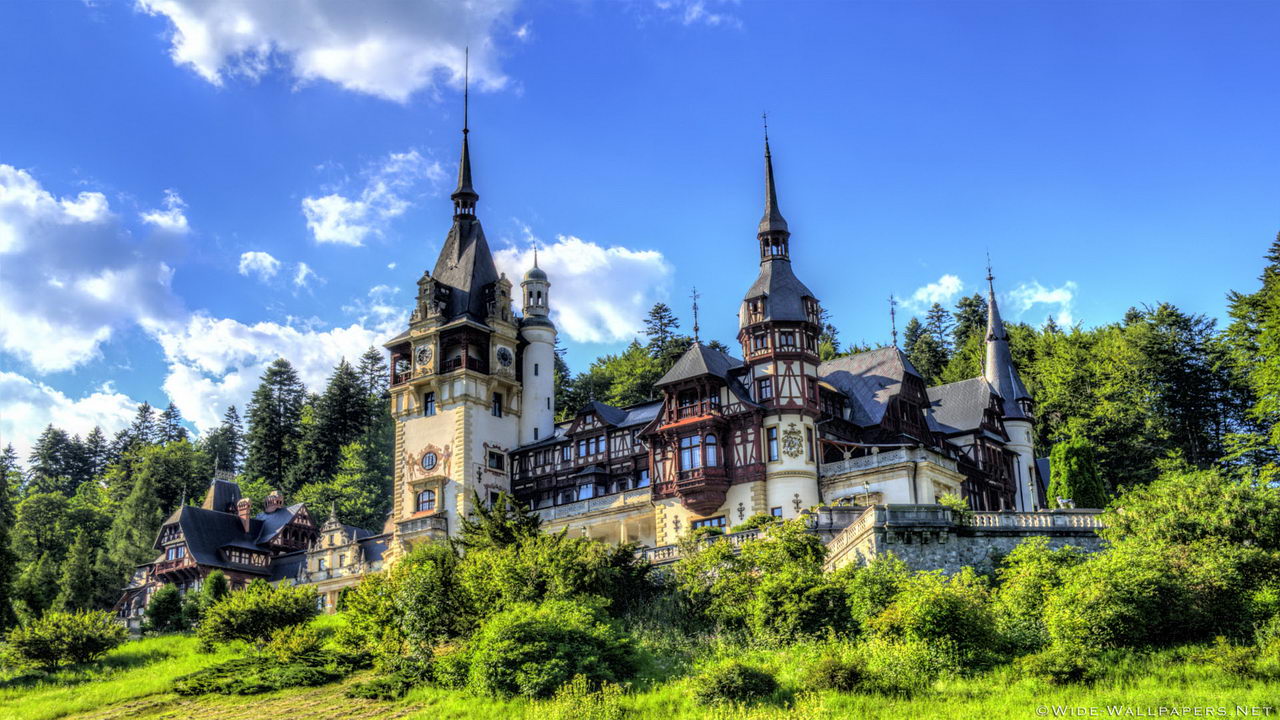
|
Bran Castle Known as Dracula’s Castle, the Bran Castle can be found in Bran, in close proximity to the important city of Brasov. This majestic structure is commonly regarded as the home of the famous Dracula character brought to life by Bram Stoker, but its history is much more inclusive than that. Nowadays, the Bran Castle operates as a museum that houses a large collection of art pieces and furniture that used to belong to Queen Marie. |
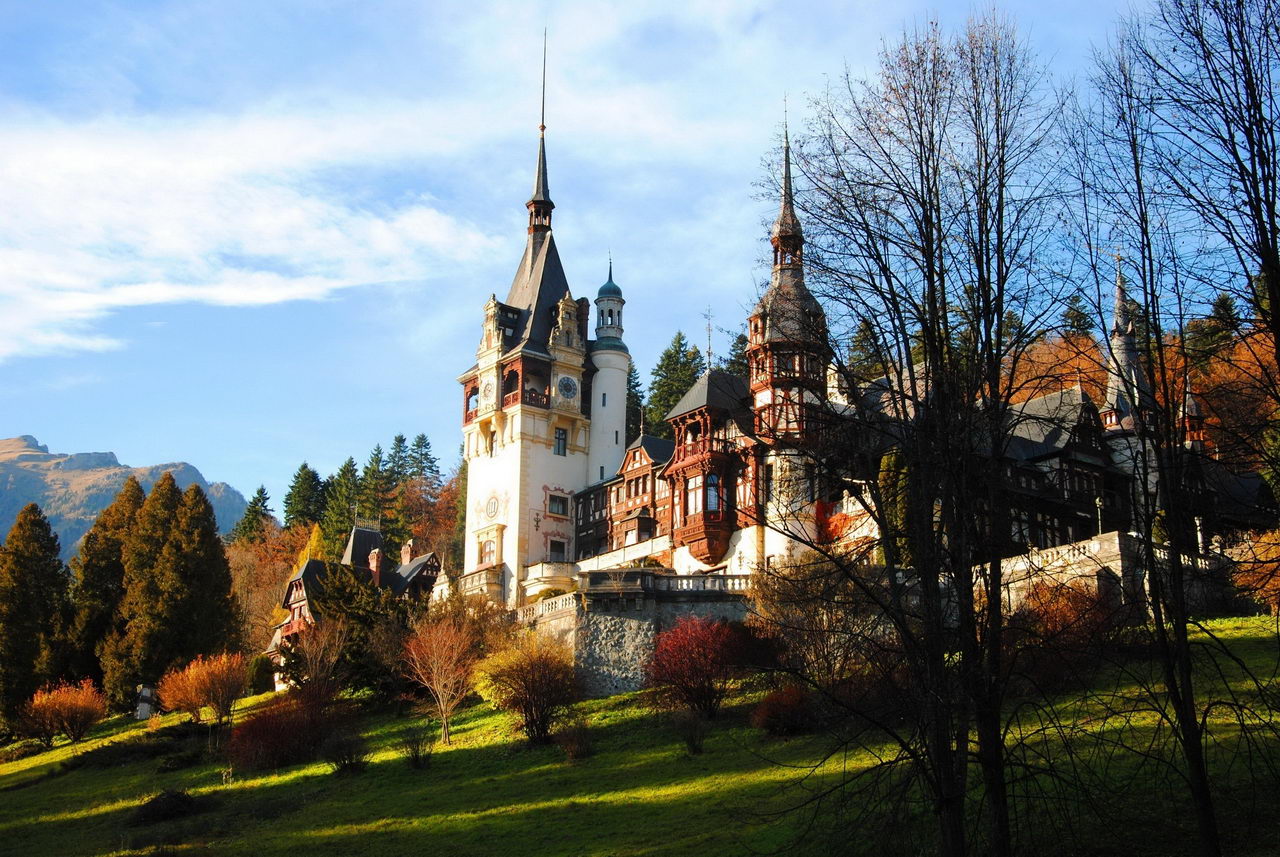 |
Corvin Castle
Corvin Castle is in Hunedoara in the Transylvania region of Romania. This Gothic-Renaissance masterpiece was commissioned by John Hunyadi. It was meant to replace an already existing keep that was built by Charles I of Hungary on the same site. The building served as John Hunyadi’s home but was also used extensively for defensive purposes, which is why it gradually received multiple towers and extra fortifications, some of which were used as prisons, especially the Deserted Tower and the Capistrano Tower.
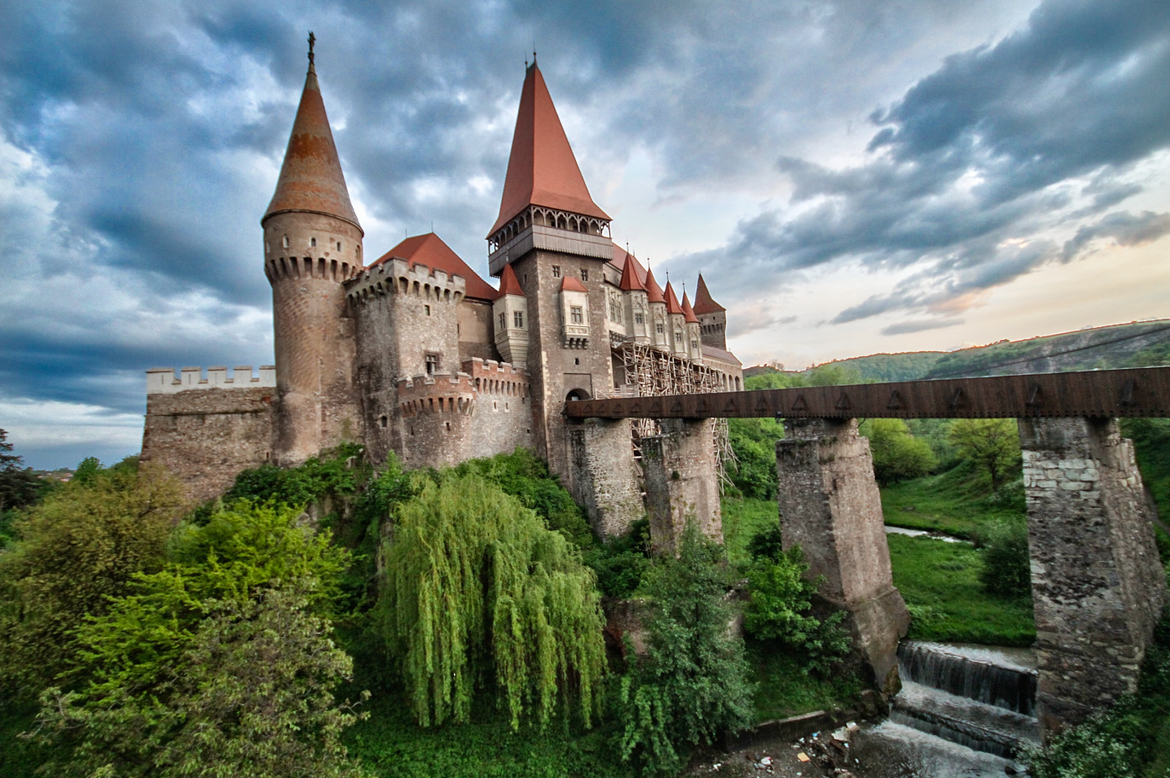
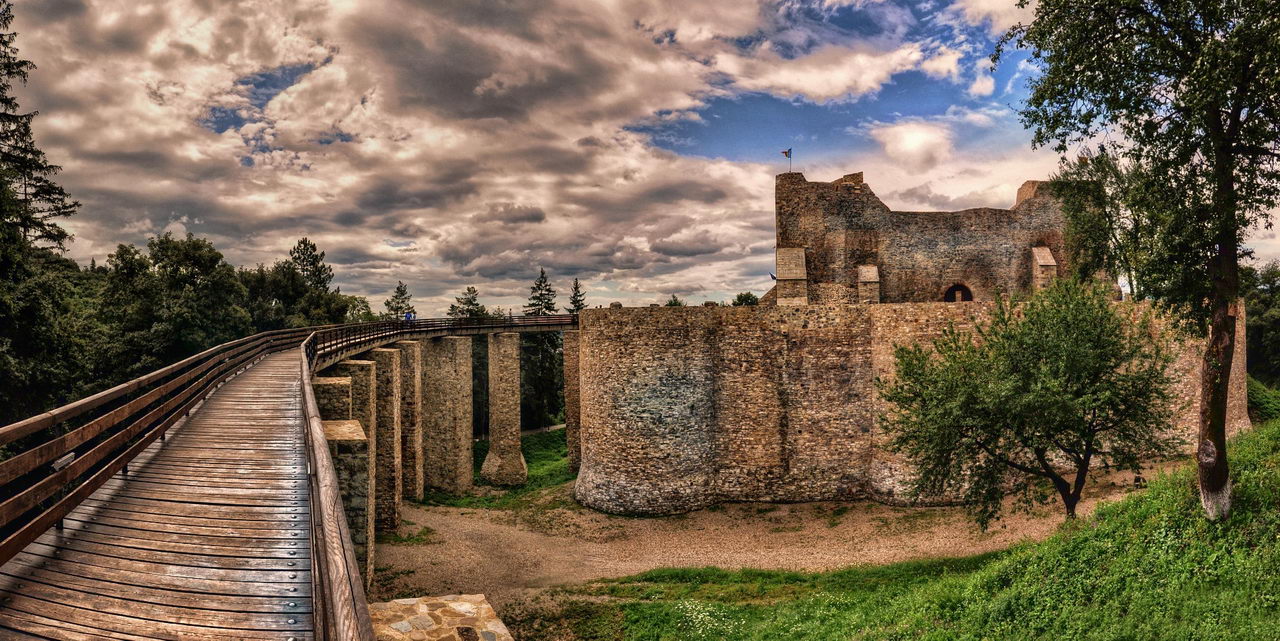 |
Neamt Citadel The Neamt Citadel is perhaps one of the most impressive citadels in Romania, and it can be found in the northeastern part of the Country, in close proximity to Targu Neamt in Neamt County. This imposing yet elegant structure was built in Moldavia in the 14th century. |
The Palace of the Parliament
A record-breaking building that can be found in Bucharest, this massive structure was designed by Anca Petrescu and flaunts 12 stories, 4 underground levels as well as a total floor surface of 3,7 million square feet. Finished in 1997, the Palace of the Parliament is a fine example of neoclassic architecture, but it does feature multiple design elements borrowed from other sources.
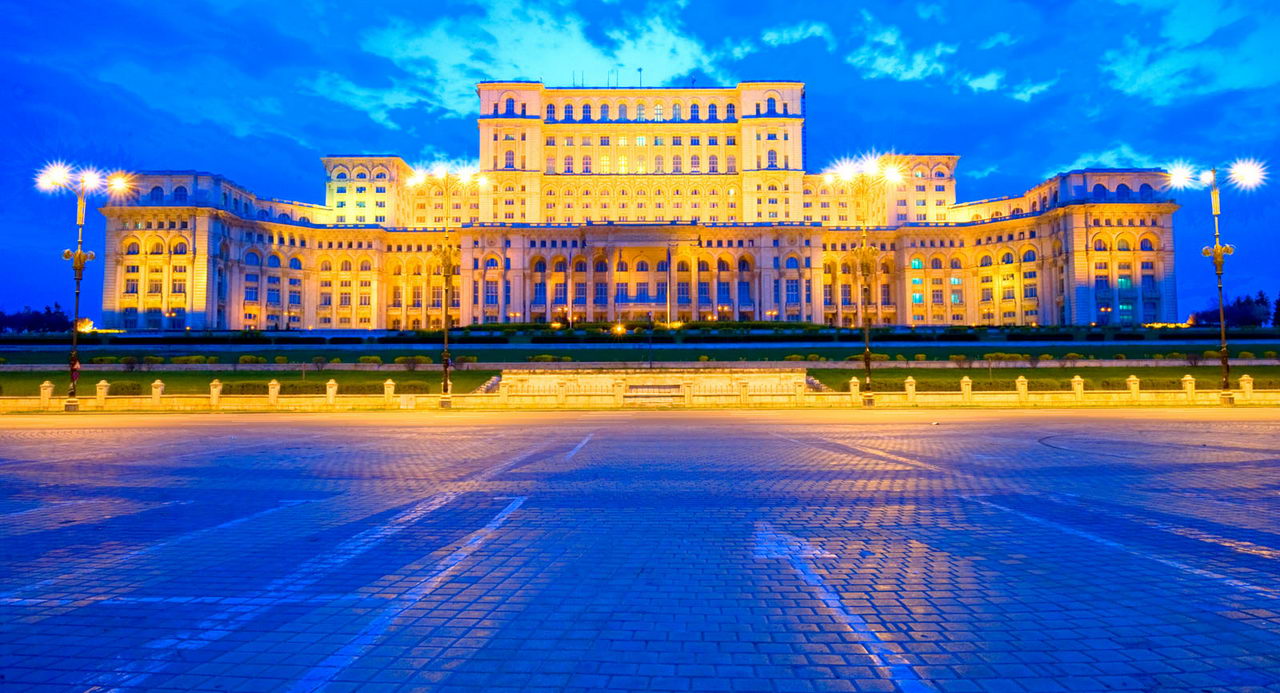
|
The Transalpina The Transalpina is a road that can be found in the Parang Mountains in Romania, and it is currently the highest road in the country. The road connects the Novaci city and the Sebes city, and it runs across 4 counties as it traverses the mountains from south to north. Since it is an alpine road, the Transalpina is closed off during the cold season. This road was once called “Devil’s Pathway”, and that it was initially used by shepherds. |
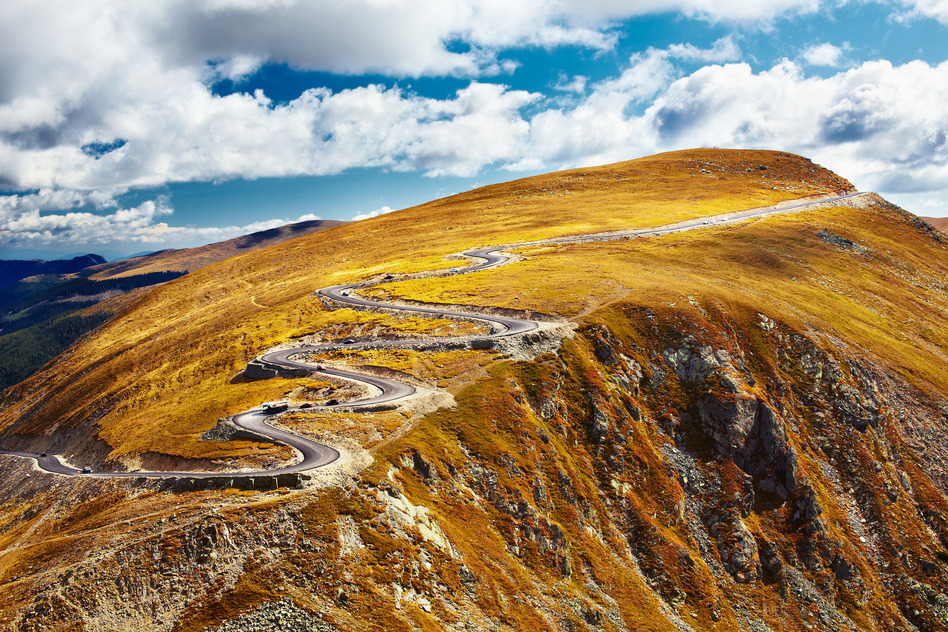 |
The Transfagarasan
One of Romania’s most exceptional roads, it is found in the Southern Carpathians, between the cities of Sibiu and Pitesti. The road stretches for 60 miles from north to south, and it runs through some of the highest peaks in the country, including Moldoveanu and Negoiu. Due to its impressive elevation, the Transfagarasan is usually closed each year from October to June because of heavy snow. Moreover, if weather conditions are unfavorable, the road can be closed in other times of the year as well.
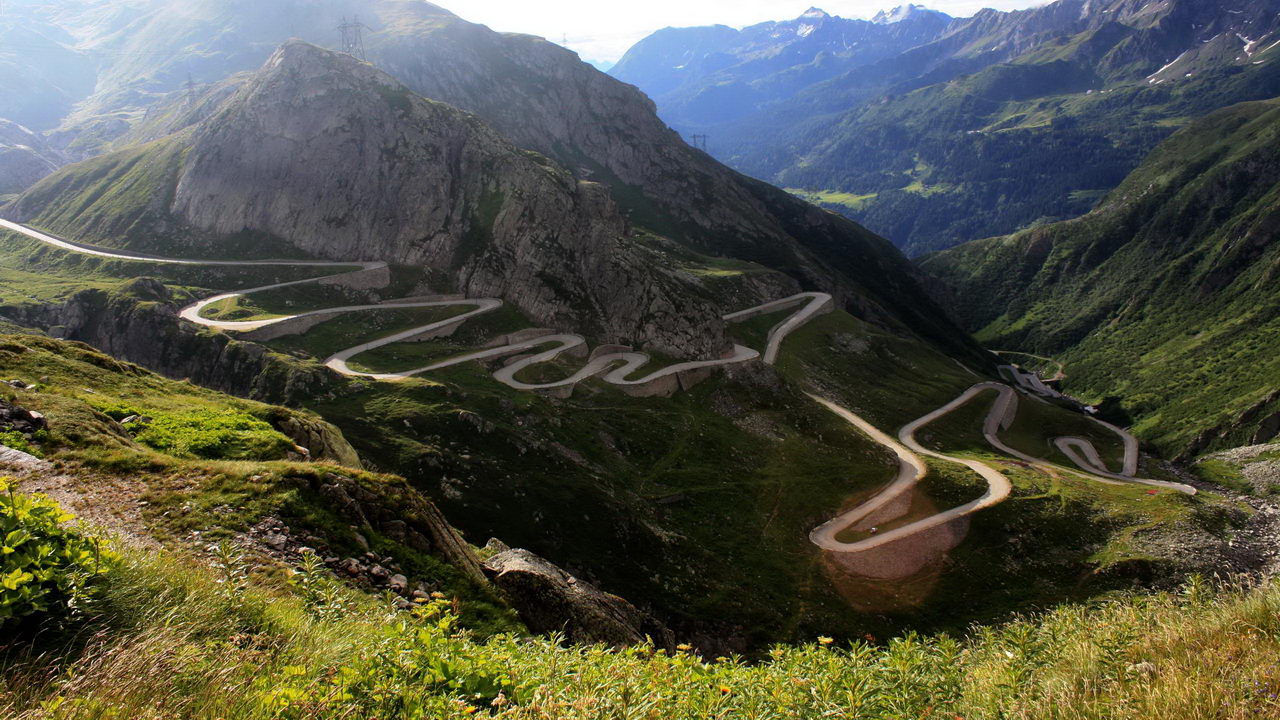
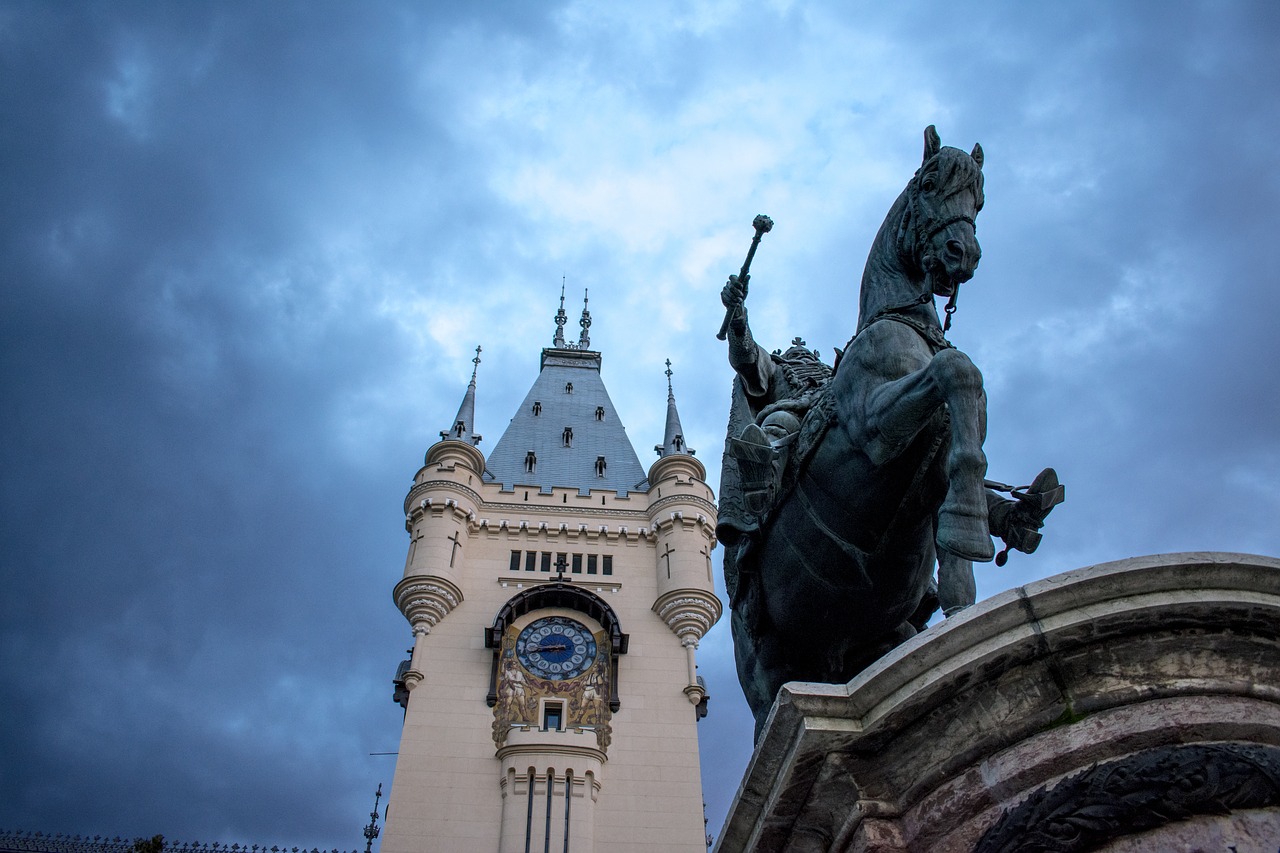 |
The Palace of Culture An extraordinary palace found in the city of Iasi in Romania. As one of the most exquisite examples of neo-Gothic architecture in the country, the Palace of Culture contains no less than 298 massive rooms. During modern times, the palace is home to 4 important museums called The Museum of Science and Technology, The Museum of Ethnography, The Museum of Art and The Museum of History. |
The Danube Delta
The Danube Delta, located in Tulcea region in the Dobrogea district of Romania, is one of the largest and most well preserved deltas in Europe. The Danube Delta includes 23 ecosystems which house a significant number of flora and fauna. The delta was formed around the 3 primary channels of the Danube River, and it comprises a complex network of waterways and large bodies of water. Bird watchers enjoy admiring the majestic beauty of migratory and local birds including geese, cranes, egrets, vultures, pelicans and graceful swans.
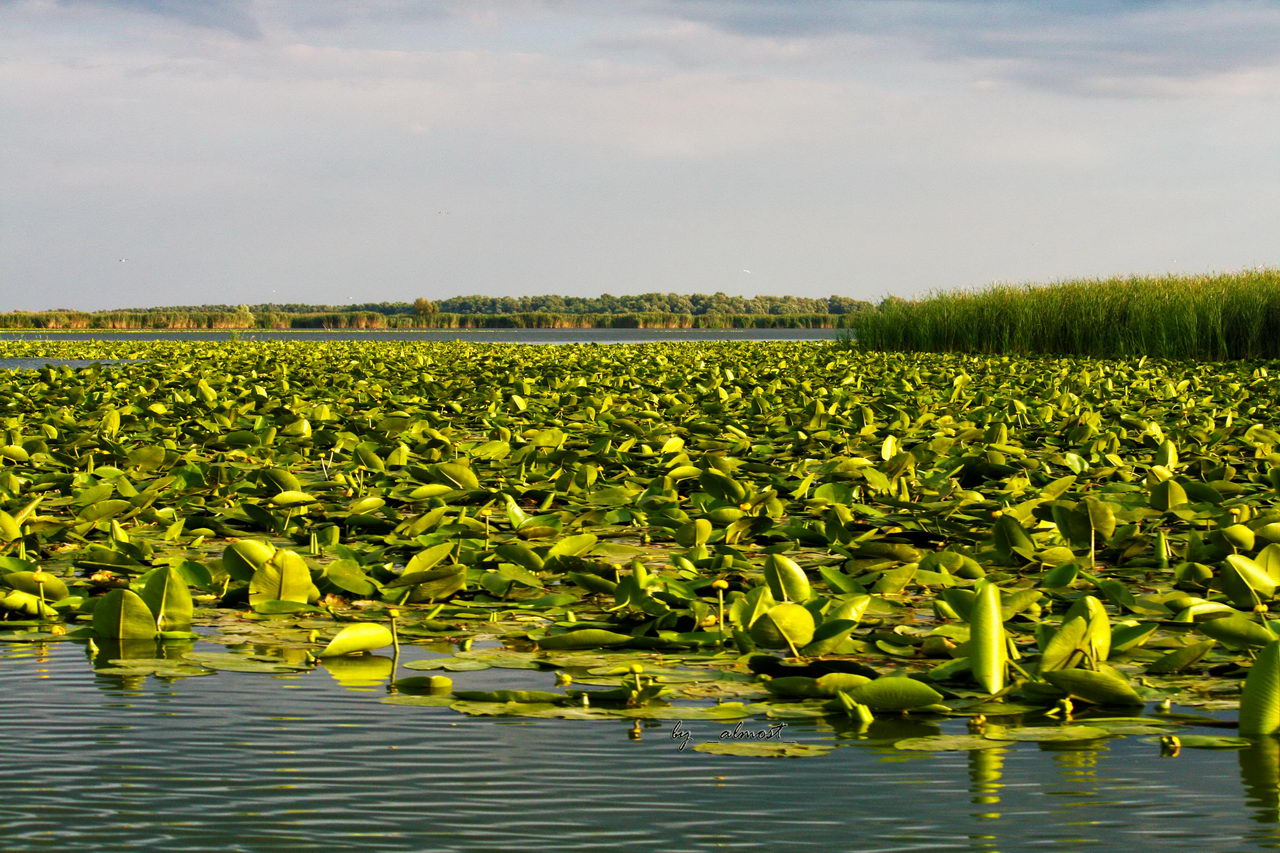
|
The Ice Hotel The Ice Hotel at Balea can be found in the Fagaras Mountains of Romania, and it is definitely one of the most original and appreciated holiday destinations in the country. The Ice Hotel is open for business exclusively during the cold season featuring a different theme every year. Activities at the Ice Hotel include snowmobiling, sledging, trekking or ice sculpting. |
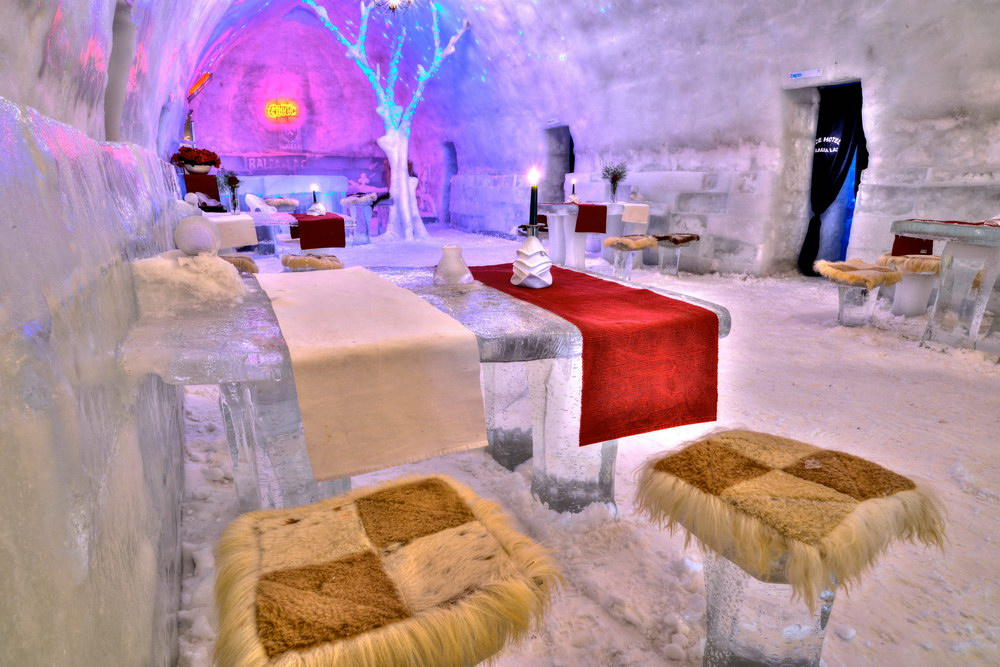 |
The Bucegi Mountains
The Bucegi Mountains are found in the central part of Romania, just south of the city of Brasov. Apart from their immense natural beauty and high peaks, the Bucegi Mountains are also the home of 2 of the most famous natural landmarks of Romania: the Babele and the Sphinx.

 |
Mamaia Located on the Black Sea, Mamaia is Roman’s most popular seaside resort. Mamaia is small, however, situated on a strip of land that is about 8 km long. It has great white sand beaches, just made for sunning or people- watching. Mamaia has a water park, but activities are limited for small children. |
Sighisoara
Located in Transylvania, Sighisoara is one of the best places to visit due to its well preserved walled town. During the 12th century, German craftsmen and merchants, The Transylvanian Saxons, were invited here by the King of Hungary to settle and defend the frontier. Every July, a Medieval Festival takes place in the old citadel. The landmark of the city is The Clock Tower, a 64 meter high tower built in 1556.
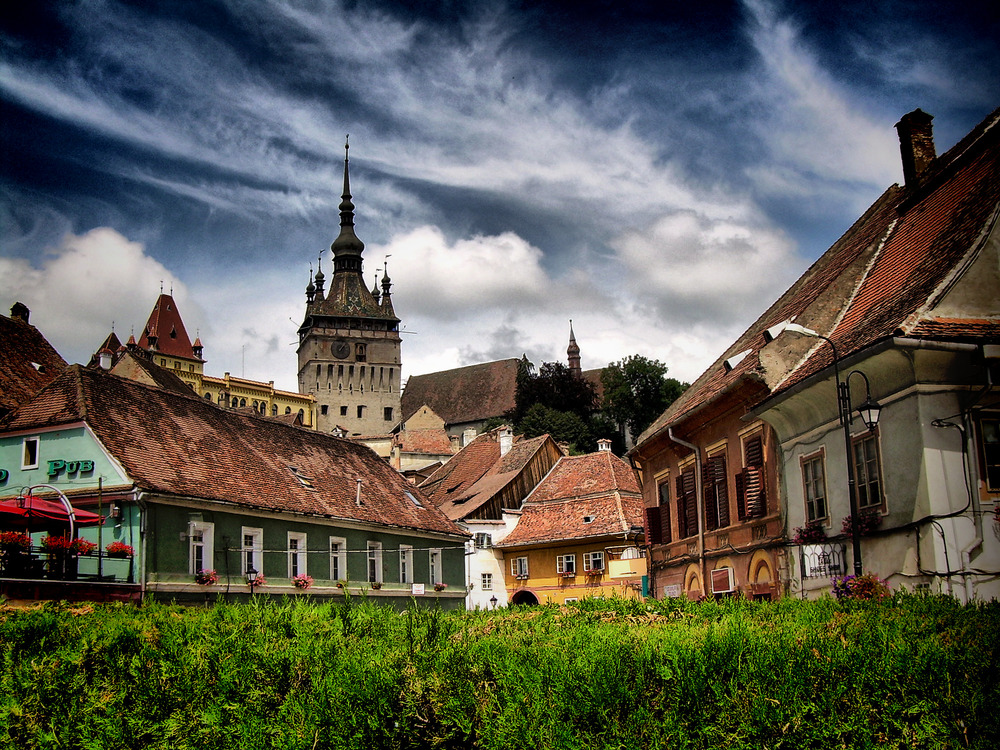
Things you shouldn’t miss in Romania!
-
Playing paintball: A popular activity played whether in Baneasa forest or in Petricani area.
-
Bowling & pool: There are quite a few places offering bowling and pool in Bucharest. One of our newest discoveries is Trickshot at Promenada Mall. You will find bowling and pool at most shopping malls in Bucharest.
-
Escape rooms: There are a few Escape Rooms in Bucharest and they make for a fun day out with friends. One hour in the room trying to solve the mysteries, and the rest of the day talking about it over drinks.
-
Rowing boat or paddling over the Dambovita River this one sounds a lot like fun.
-
Pub crawl: This seems to be one of the favorites for many foreigners who visit Bucharest, which is famous for its night life. The Old Town is the perfect place for a pub crawl as all the cool places are next to each other.
-
Water Park: Going to a pool or to the water park can become fun things during hot summers. The Divertiland water park is highly recommended, as well as the waterpark in Otopeni.
-
Amusement park: Besides the water park should be the option to go to an amusement park. There is only one famous in Bucharest, it’s called Terra Park.
-
Ice Skating: The only indoor skating rink opened during summer in Bucharest is at AFI Palace Cotroceni.
-
Outdoor movies: There are several options for watching movies outdoor in Bucharest such as Gradina cu Filme - Film Garden - at Lahovari Square or Cine park in Herastrau Park.
-
Outdoor theater: On top of the Promenada Mall, there is an outdoor theater for theater lovers.
-
Escalade: Here is another one for adrenaline seekers. There are several gyms and places where one can try out the escalade, some of them also have special spaces for kids.
-
Sports in the street: Every weekend until August, the Kiseleff Boulevard closes down for traffic and opens for sports: table tennis, basketball, badminton, volleyball, chess, rummy, and a lounge area awaits on the street.
Top cities of Romania
Bucharest
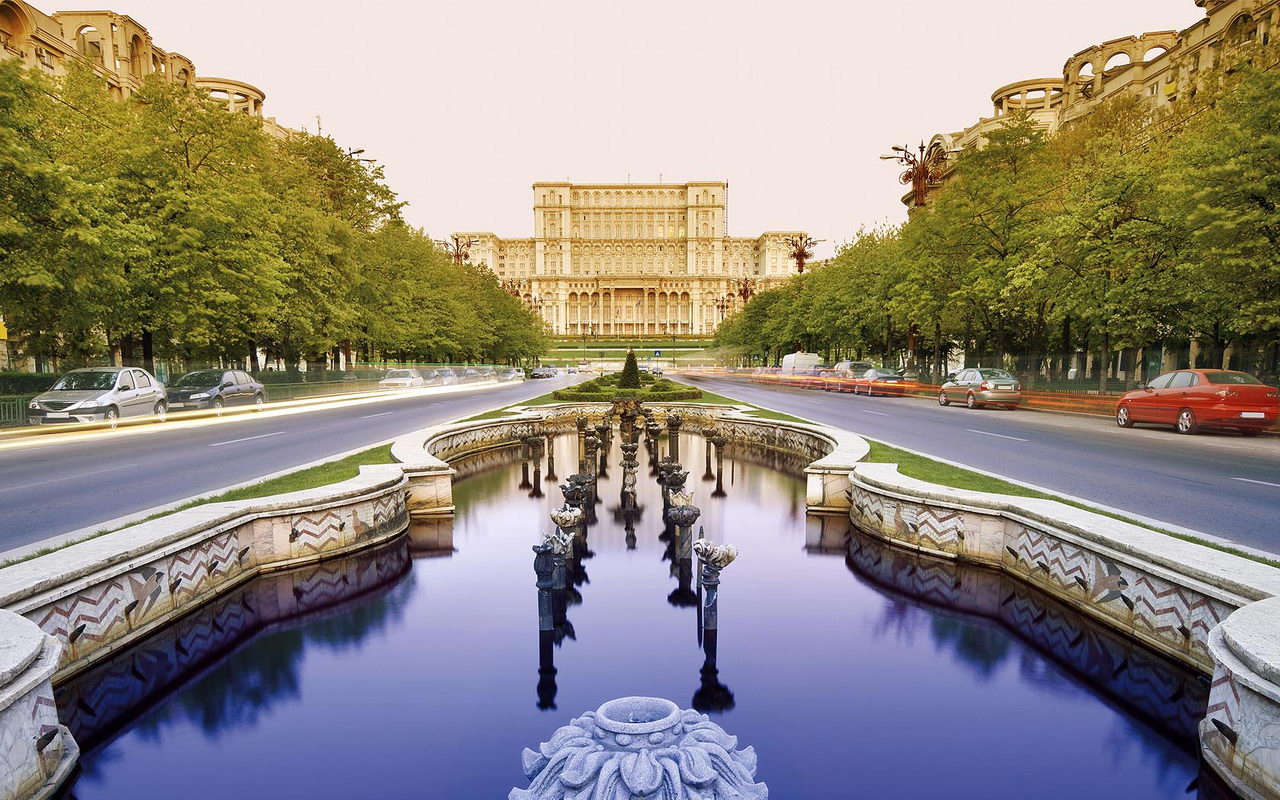
Bucharest is a city that combines the old with the new. Visitors might come across a centuries- old building, a modern high rise, and a Communist-style building all in the same block. This modernizing European capital boasts the largest Parliament building in the world with 3,100 rooms. Also, not to be missed is the old town center with its narrow cobblestone streets and old buildings, including medieval churches.
Brasov
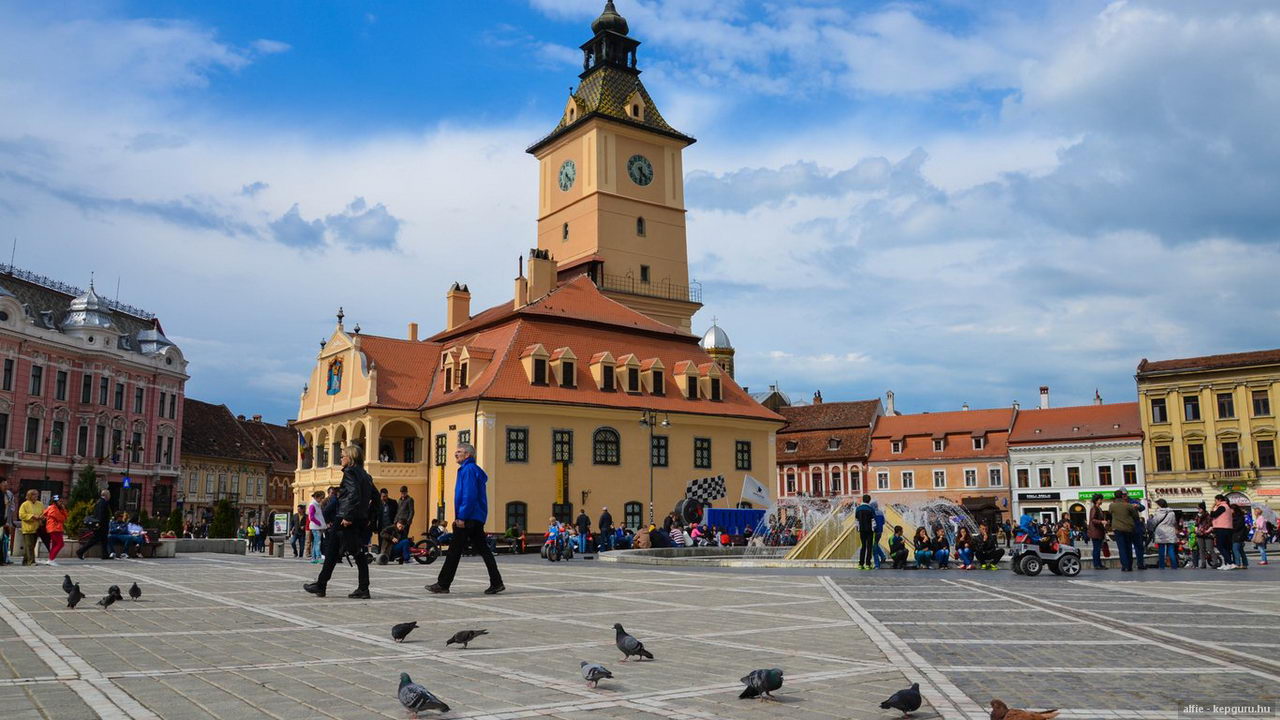
Located in central Romania, Brasov boasts everything from dynamic modern city life to old world charm and fascinating scenery. Surrounded by the Carpathian Mountains, the city is considered a mountain resort, with skiing and ice skating facilities. A top sight is the Black Church, a Gothic cathedral so named because smoke from a huge 17th century fire blackened the stones. Visitors also may want to take a stroll down Rope Street, which is the narrowest street in the country.
Constanta
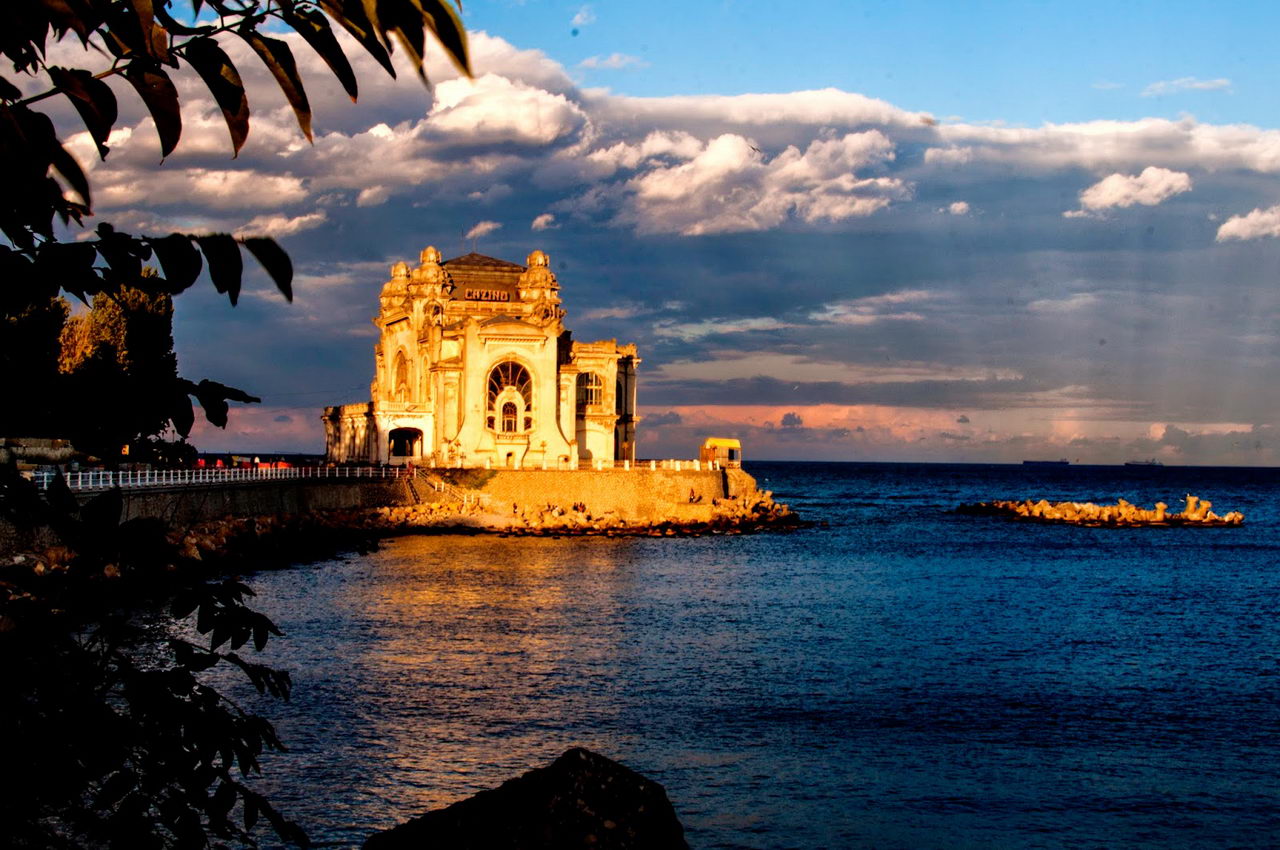
Constanta was originally a Greek city and now is a Romanian port on the Black Sea. Constanta enjoyed several centuries of excellent trading, during which the city became wealthy. Today, the city is wealthy for other reasons: ruins, dating back to Roman times, an active nightlife, and a position by the sea that makes Romania’s city an excellent destination for travelers who want to experience yet another facet of Romania’s diversity.
Sibiu
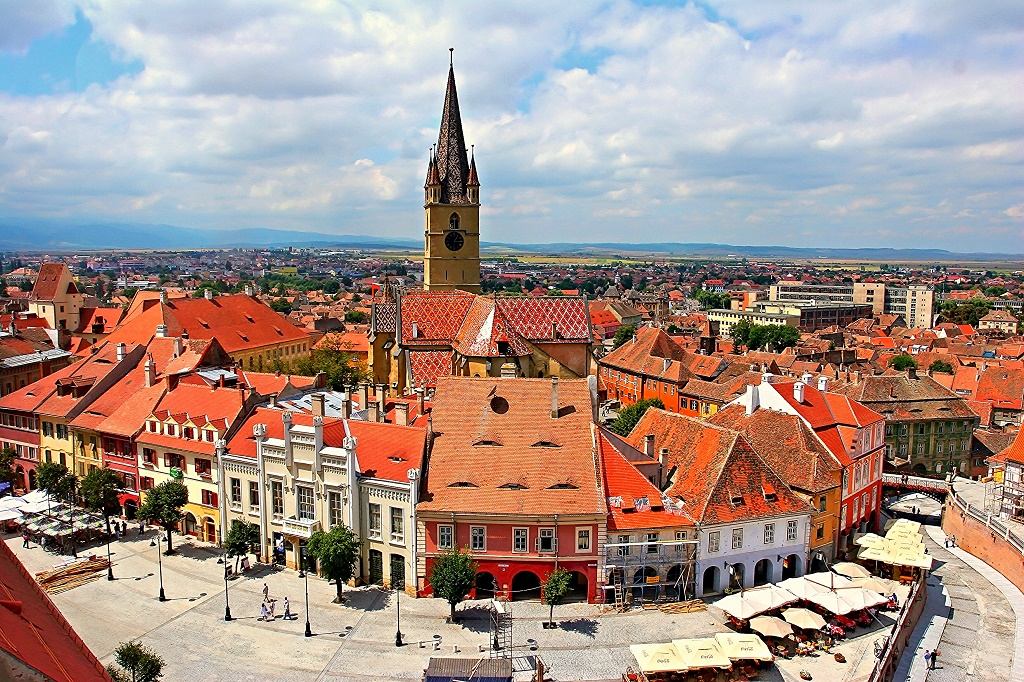
Sibiu, once part of Hungary, dates back to the early 12th century. The city is located in Transylvania, an area that is associated with vampires, including Dracula, but it’s highly unlikely that visitors will run across any in this day and age. Instead, travelers will find the Grand Square, in use since the 15th century, and Baroque buildings, including Brukenthal Palace, home to one of the oldest museums in the world. Visitors may also want to be on the lookout for remnants of old fortifications used to defend the city hundreds of years ago.
Culture packages
Entering this website you automatically agree the following terms and conditions even if You are not a registered user of the site. Images shown on the website, country and travel specifications, as well as the webdesignes are subject to copyright protection, Elegant Enterprises are All rights reserved. Prohibited the website all or partial copy, store, use, distribution and sale, without the written consent of the copyright owner of this website (Elegant Enterprises)